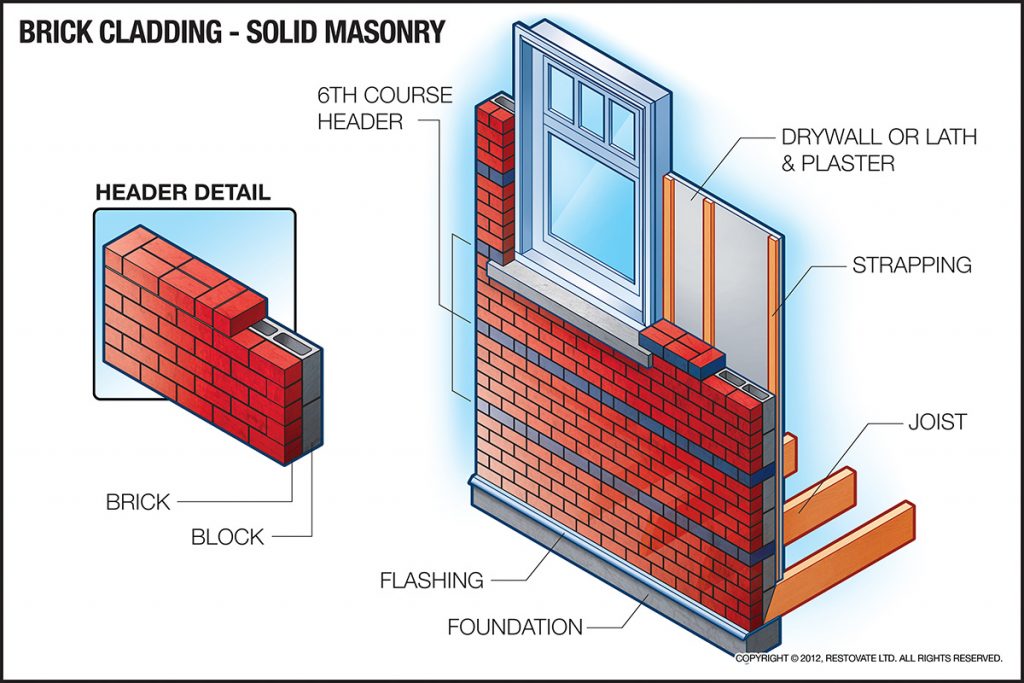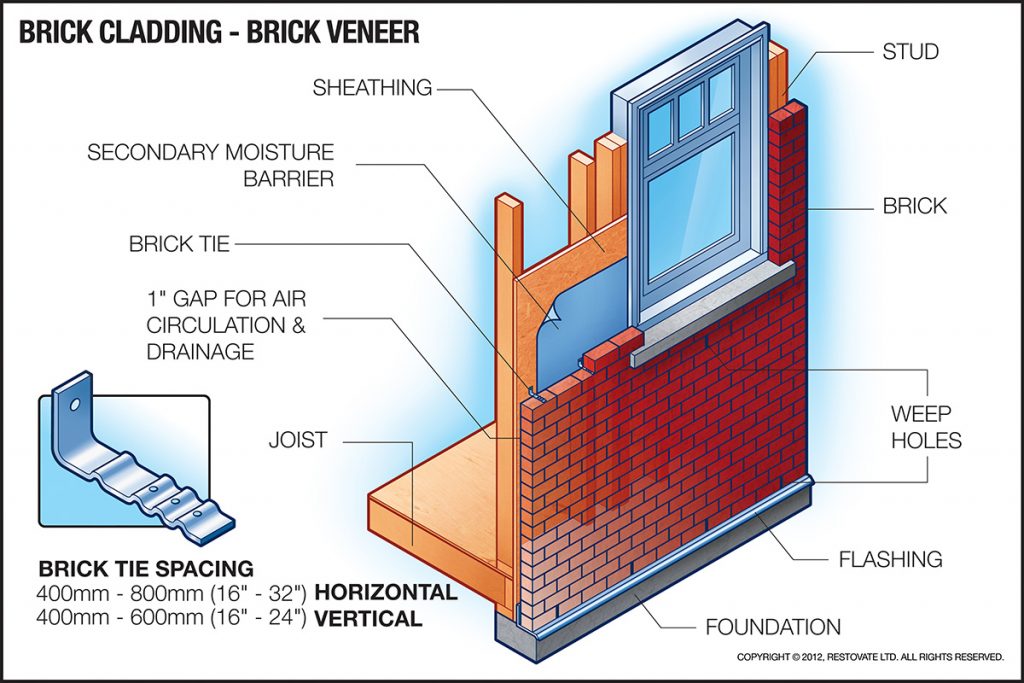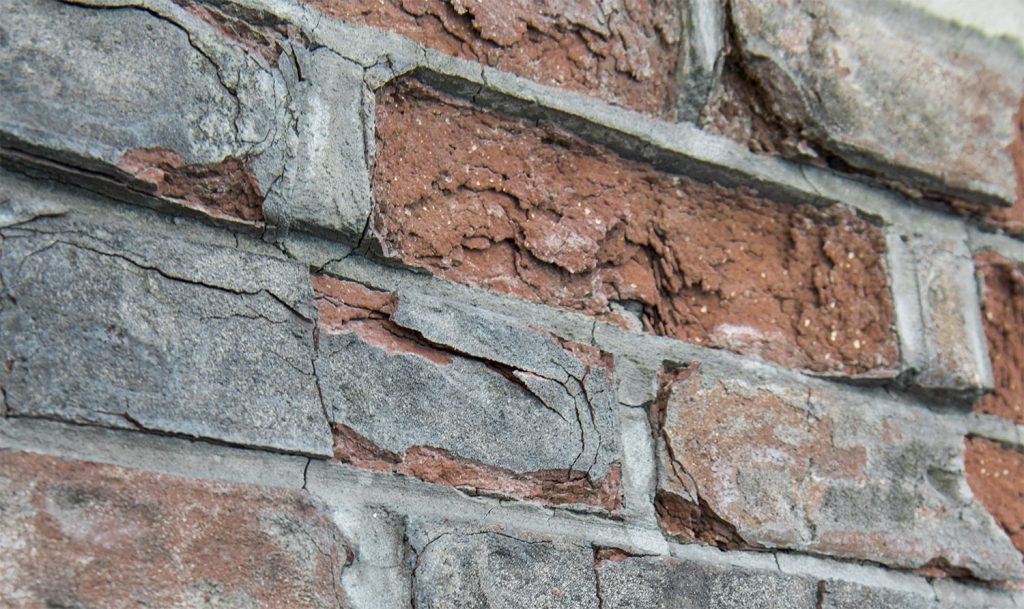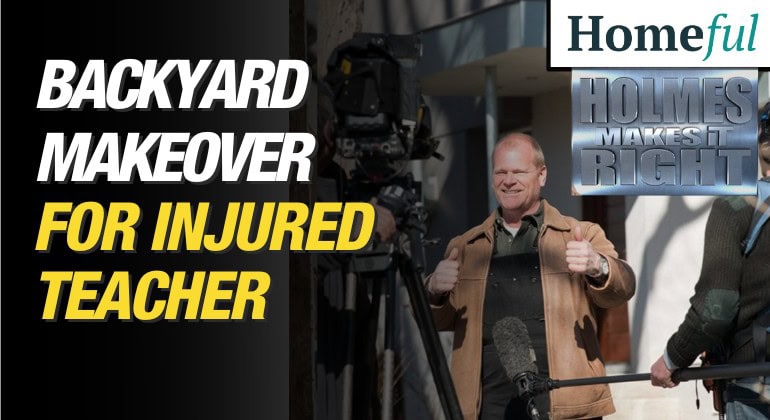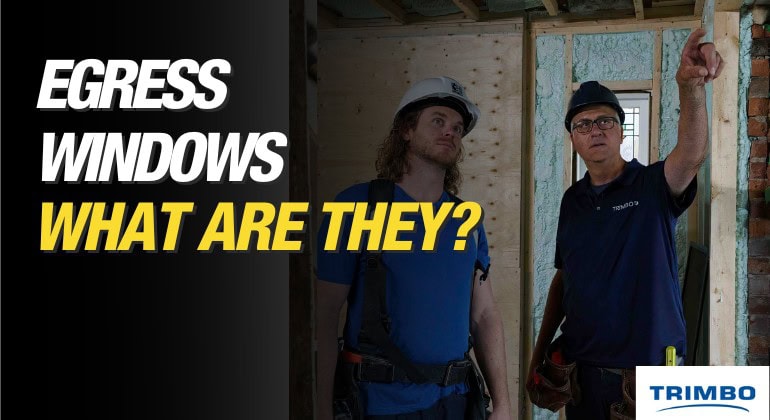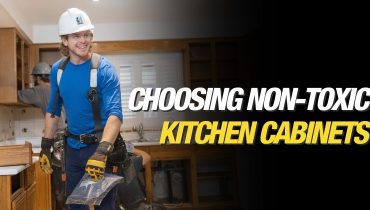The Skilled Trades That Are In Demand A significant number of skilled tradespeople are approaching retirement. This is creating a shortage and a need for new talent. The skilled trades...

What Is Solid Brick vs Brick Veneer?
By Mike Holmes
Mike’s Advice / Home Renovation
Tuesday, September 21st, 2021 @ 12:03pm
Brick is seen as one of the most durable and desirable exterior finishes. But all brick houses are not equal. There are two main possibilities: solid masonry and brick veneer. In this article, I take a look at solid brick vs brick veneer.
Solid Masonry
Solid masonry construction is most commonly found in older homes. This is sometimes also called double brick because it uses two layers (or wythes) of brick, with or possibly without a wood frame. Structurally, solid masonry walls are very strong.
In older homes, the inner layer of bricks was covered with wooden lath and plaster, then covered with oil paint to block any further moisture from coming through the wall.
How Can You Tell If A House is Double Brick?
Sometimes (not always) double-brick walls are held together with a header row of exterior bricks, usually every six rows. The header bricks appear to be half the size of the other bricks, but in reality, they are just turned ninety degrees, so what you are seeing is the end of the brick.
Header rows are usually a sign that you’re looking at double-brick construction.
What is Brick Veneer?
Brick veneer is actually a single layer of full-size, fill-thickness brick built on a wood-frame house. In newer houses (and sometimes older ones) you’ll often find brick veneer. One way you can sometimes spot brick veneer is by looking at the sides of the house.
If the front is brick but the sides and back are covered in siding of some kind, you know the front is not there for structural support and that it’s only a single layer thick.
Generally, brick is pretty low-maintenance.
Should You Paint Your Brick?
No. I don’t recommend painting your brick. Paint forms a film and you want your brick exterior to breathe.
Before you grab your paint sprayer, I highly recommend looking into brick staining instead. There are stains available that are breathable, permanent, and will last for decades on brick, stone, concrete, and other masonry surfaces. We get ours from Permatint.
Their stains combine natural minerals and inorganic pigments to lighten, darken, or completely change the color of masonry. You can match your original color if you did an addition or an exterior renovation. Or you can pick a new color and upgrade your curb appeal.
The Permatint formula allows the masonry to “breathe” in exactly the same manner as untreated surfaces, which ensures that the natural weathering of the building is unaffected.
RELATED
Common Issues With Brick and Brick Veneer
Here are some common masonry problems.
- Cracks in Bricks or Mortar
This is more serious in solid brick houses because the bricks may be structural. In brick veneer houses, it works the other way around: the house holds up the brick.
Cracks in bricks and mortar usually follow directly from cracks in the foundation. They need to be evaluated very carefully to determine the cause and the cost of repair. Hairline cracks above doors and windows are usually not serious.
- Missing or Crumbing Mortar
This makes the bricks more susceptible to moisture damage. In this case, you should be looking at repointing. More on that below.
- Improperly Raked Mortar.
Many new homes go up very quickly and it shows in the mortar work. Mortar should be concave and flush with the brick so that water runs out of the mortar. If water pools in the mortar, the water can freeze and damage the bricks around it.
- Signs of Settling or Sloping
The brick veneer could be coming away from the framing and may need to be completely rebuilt.
- Vines Climbing On A Brick Wall.
These look beautiful, no doubt! However, they can damage the mortar and allow moisture to penetrate both into the bricks and the mortar.
Mike’s Tip: When it comes to foundation cracks, you don’t want to take chances. Think about the building envelope – start by protecting your house from the outside and work your way in. Here is more on foundation repairs.
Repointing Your Brick Wall
Repointing is the process of scraping out the old, damaged mortar and replacing it with new.
If the mortar between your bricks is crumbling or missing altogether (often happening over time due to erosion from water and wind), you need to replace it quickly.
If this is not addressed, it can cause bricks to loosen and create a path for water to get in. Once that water enters, it can cause mold and rot – leading to a much bigger, more difficult fix.
Water that sits on exposed brick will seep in and cause the brick to flake. Make sure repointing brick is on your home improvement task list.
Here is a full article on repointing your brick wall.
Vipeq’s Spray Cork
I’ve used Vipeq’s Spray Cork (Thermal Corkshield) on several homes and it’s a fantastic product that we have installed on brick. It provides a natural thermal barrier and is water-resistant. It comes in different colors so you can change the color of your exterior and enhance your curb appeal!
Hope you found this useful when comparing solid brick vs brick veneer!
READ NEXT
